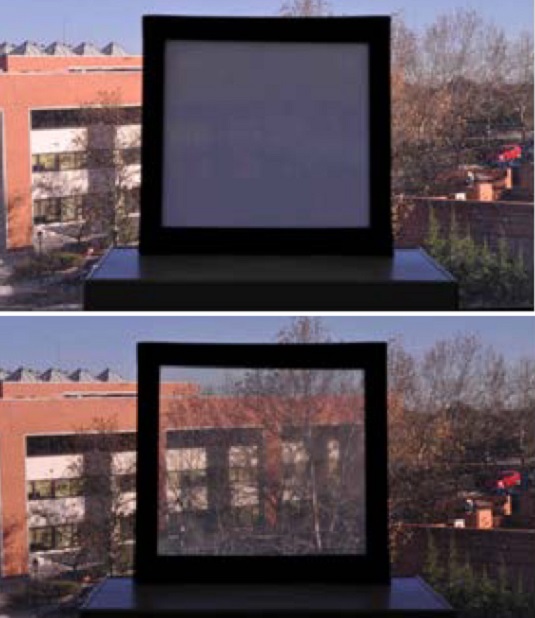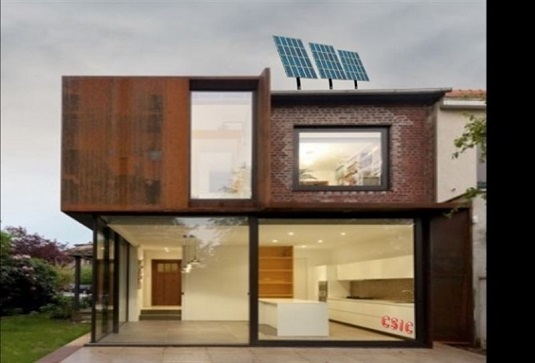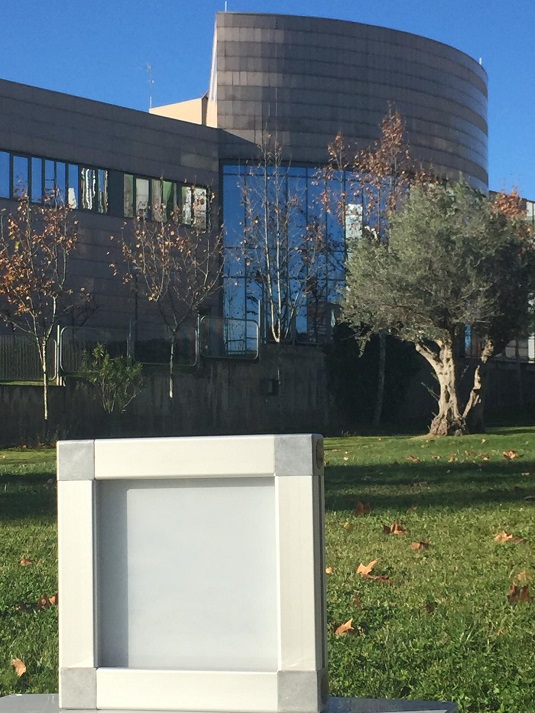Spanish researchers create cheap ‘smart windows’
A group of researchers from the Spanish National Research Council (CSIC, for the initials in Spanish) have elaborated a novel technique that allows to reduce costs of ‘smart windows’. This means you will be able to have total control about the amount of light passing through the glass. Just within some seconds and as easy as through the use of a switch, you can activate this technology, which will provoke a chemical and physical reaction that makes a transparent window glass becomes opaque.
On different surfaces
These proud researchers believe that these ‘smart windows’ can be used on flexible, flat, curved, glass or polymeric surfaces. This means the user can easily employ these glasses in different kinds of windows, doors, wall panels ideal for meeting rooms or rooflights.
This is different as night and day from others already on the market, which need the use of liquid glass or to have incorporated driver glasses. Indeed, this technique developed by a team from the Institute of Materials Science of Madrid (ICMM) applies thin films of highly porous material as a coating. By exposure to wet or dry air, these films change their optical transmission, achieving a switch between a transparent and an opaque state.
‘One of the advantages of the technology we have worked up is its cost. Its production is easier and cheaper because the materials we use are less expensive. For example, to produce a square meter of other models costs thousands of euros, considering that in our case it is only several cents’, as David Levy, a CSIC researcher, explains in a statement of the institution.
The researchers say their ingenuity is also consistent with the need to increase energy efficiency by applying new technologies to windows and facades of buildings.







